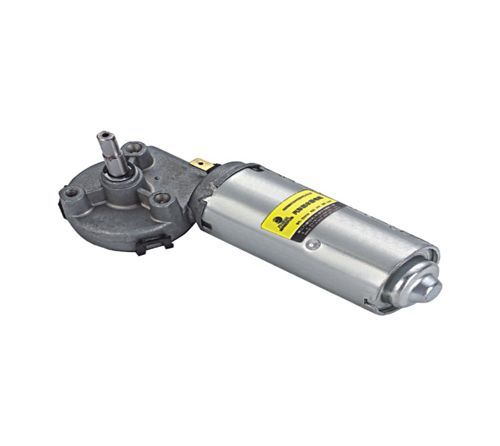


Wiper motor processing
NO CONTENT YET
+86-593-7877777 7877333
 Consult online now
Consult online now
The excitation method of the DC motor refers to the problem of how to supply power to the excitation winding and generate the magnetomotive force to establish the main magnetic field. According to different excitation methods, DC motors can be divided into the following types.
Ta Li
The field winding and the armature winding have no connection relationship, and the DC motor powered by other DC power supply to the field winding is called a separately-excited DC motor. The wiring is shown in Figure 1.23(a). In the figure, M represents a motor, if it is a generator, it is represented by G. Permanent magnet DC motors can also be regarded as separately excited DC motors.
Encourage
The excitation winding of the shunt-excited DC motor is connected in parallel with the armature winding. As a shunt-excited generator, the terminal voltage from the motor itself supplies power to the field winding; as a shunt-excited motor, the field winding and armature share the same power source, which is the same as a separately-excited DC motor in terms of performance.
Cross excitation
After the field winding of the series-excited DC motor is connected in series with the armature winding, it is connected to the DC power supply. The excitation current of this DC motor is the armature current.
Compound excitation
Compound-excited DC motors have two excitation windings: shunt excitation and series excitation. If the magnetomotive force generated by the series winding and the direction of the magnetomotive force generated by the parallel winding are the same, it is called the product compound excitation. If the two magnetomotive forces have opposite directions, it is called differential compound excitation.
DC motors with different excitation methods have different characteristics. In general, the main excitation modes of DC motors are shunt excitation, series excitation and compound excitation. The main excitation modes of DC generators are separate excitation, shunt excitation and compound excitation.